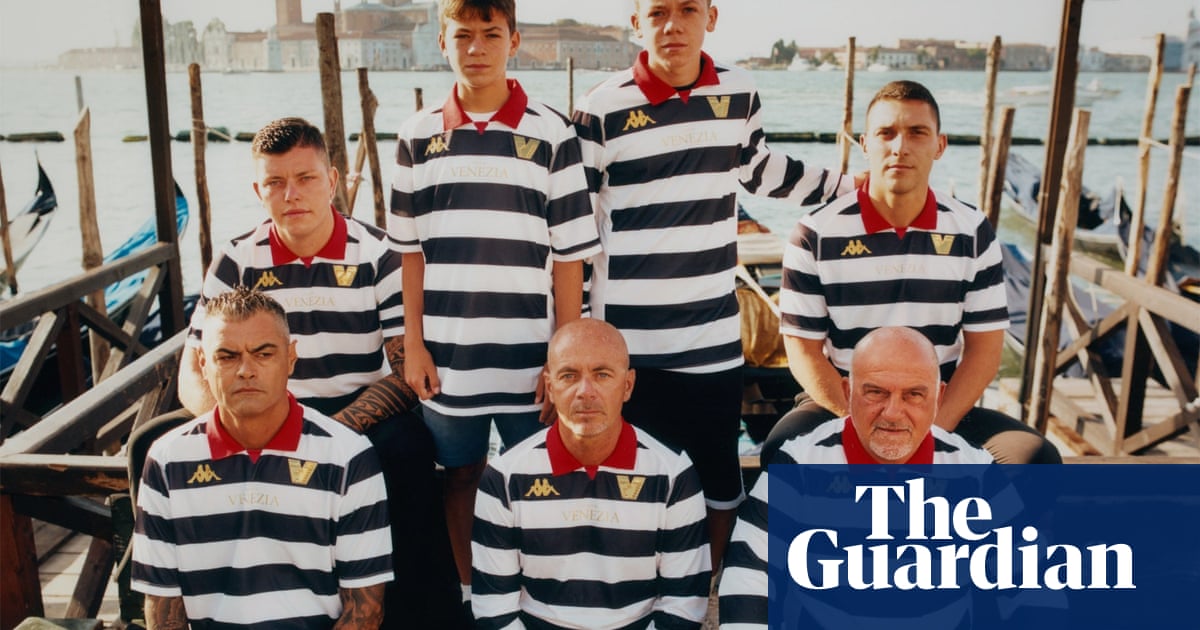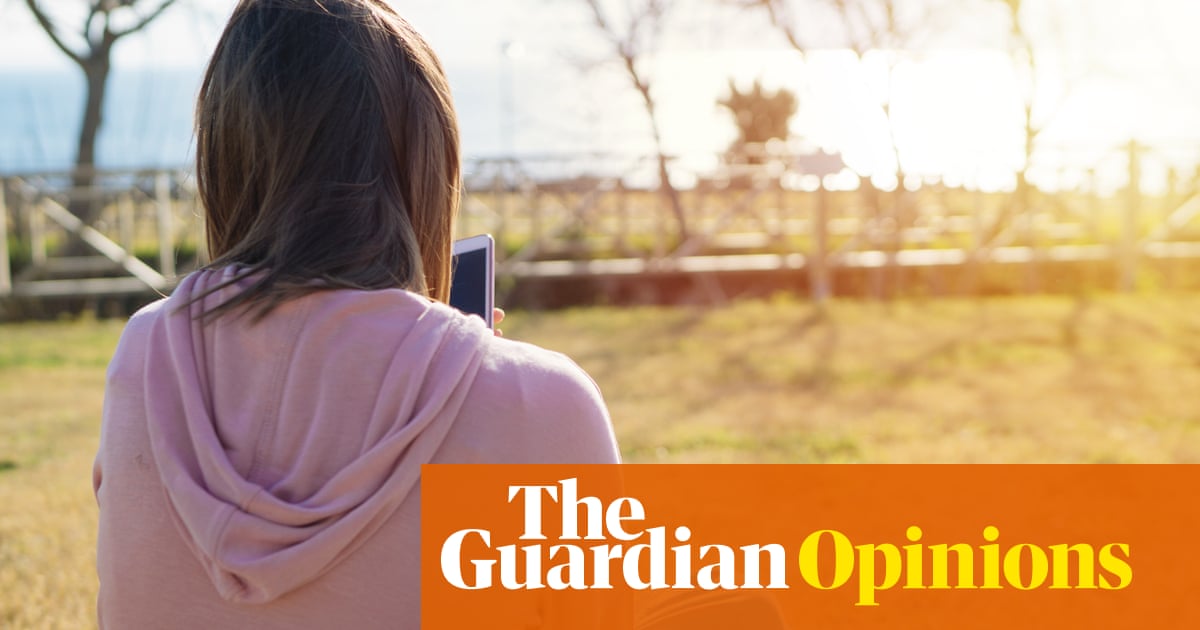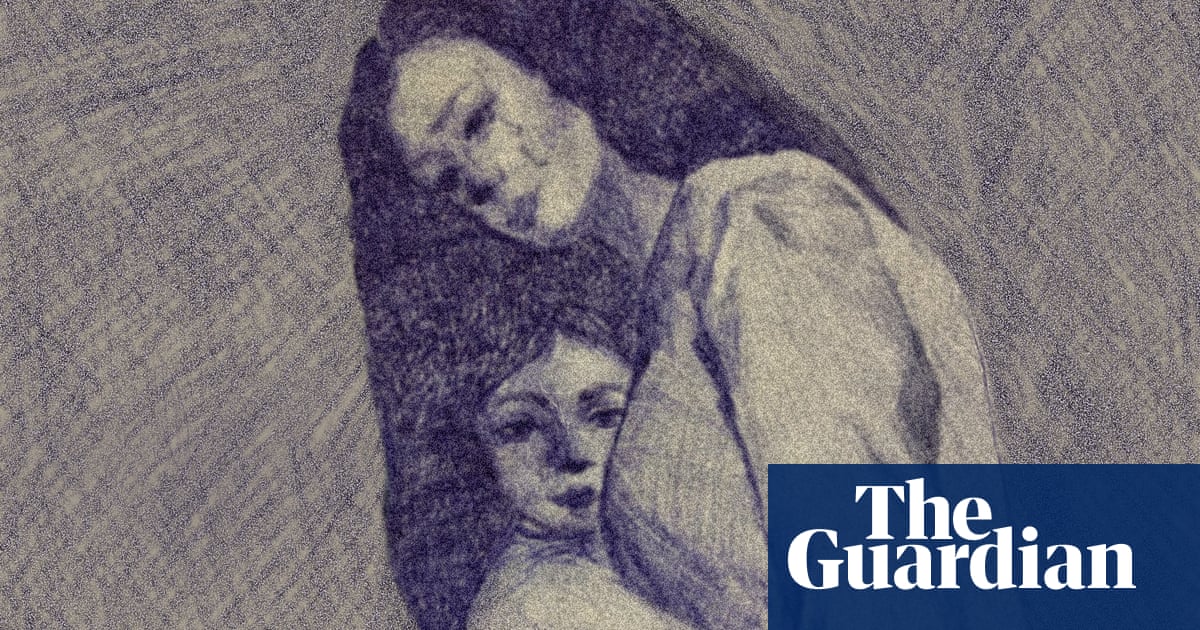
’ve been playing and recording music since 2012. Working under my surname Boothroyd, I’ve gained a small committed fanbase through releasing on independent labels and performing live. But in 2015, I decided to give up touring after a final headline show at Milton Keynes Gallery. I’m a big fan of the Beatles, and much like they stopped playing live in 1966, I did the same, in order to concentrate on studio material. Also, I wasn’t getting many bookings – it wasn’t exactly Boothroydmania.
Five years later, having yet to come up with my Sgt Pepper, I was living alone in a caravan in Morecambe. One morning, I received a message on Instagram: it was a photograph of the Argentinian pop star Chule Von Wernich wearing a T-shirt with my name on the front and the poster for that final gig on the back.
A month passed and I received a text from my mum: she had come across a photo of a woman on Facebook wearing a top with “Boothroyd” across the front and “Tri-Angle Records” underneath (a label I had released music with). It definitely wasn’t official merch.
I did a reverse image search and found a South Korean e-commerce platform selling a collection of clothes bearing the Boothroyd logo. The presentation was slick: there were models, professional photography, even videos of people wearing T-shirts, hoodies, jeans and dresses bearing my name. Hundreds of buyers had left reviews.
It was bizarre; I couldn’t work out how it had started, or why it was so popular. I quickly realised that it had nothing to do with my obscure electronic music: Boothroyd had somehow become a popular Korean clothing brand.
What began in South Korea soon made its way to Japan and China. I found a clip of Chinese TV presenters wearing matching Boothroyd shirts. Using Facebook’s search engine, which has a text-in-image detection system, I began collecting photos of stylish east Asians wearing Boothroyd.
It felt more surreal when copies began showing up around the world. Over the next few weeks I gathered hundreds of images. Indians, Russians, Egyptians, Italians, Armenians and Argentinians were all on the bandwagon. I discovered a store in Buenos Aires selling “Boothroyd Live in Milton Keynes” merchandise (that was probably where Von Wernich had bought hers).
The novelty of achieving near global ubiquity eventually wore off, and I began to wonder where all this stuff was being manufactured. Judging by the high quantities and low prices, this unofficial merchandise was probably not ethically or sustainably made. I received no response from e-commerce sites. Finally, I got an answer from an eBay store specialising in Korean fashion. Not wanting to divulge trade secrets, it kept it vague, only telling me it ordered directly from a factory in Guangdong, one of China’s large garment manufacturing hubs.
I did not want to be a brand synonymous with fast fashion and its long list of negative associations. I hated the idea that I was even vaguely connected to a possibly toxic supply chain.
I fantasised about entering the lucrative Korean fashion market with an eco-friendly alternative. If “Boothroyd” was no longer just my name, but a brand, I wanted it to mean something. I was going to give it a try. I also needed the money, as I was still living in a caravan.
I needed to be in Seoul if I was to find the right local partner to help distribute and promote; my best option was eBay. I had 100 T-shirts made, using organic cotton and eco-friendly water-based inks. They sold quickly. I shipped them in plastic-free packaging. I had another 200 made, again they went, too. Clearly there was a demand.
I live in London now, in a house. My brand is protected by copyright law and I’ve been corresponding with retailers in Seoul – and I plan to introduce official Boothroyd gear to the UK before other versions appear here. I intend to release music again, but right now I’m fully occupied with this: my unexpected career as a fashion designer.












